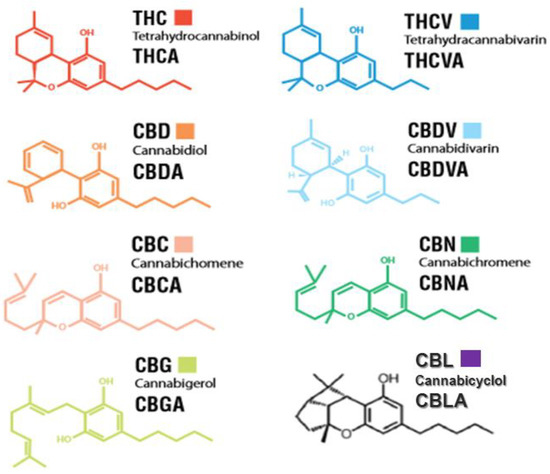“Neoechinulins are diketopiperazine type indole alkaloids that demonstrate radical scavenging, anti-inflammatory, antiviral, anti-neurodegenerative, neurotrophic factor-like, anticancer, pro-apoptotic, and anti-apoptotic properties.
An array of neoechinulins such as neoechinulins A-E, isoechinulins A-C, cryptoechunilin have been isolated from various fungal sources like Aspergillus sp., Xylaria euglossa, Eurotium cristatum, Microsporum sp., etc. Besides, neoechinulin derivatives or stereoisomers were also obtained from diverse non-fungal sources viz. Tinospora sagittata, Opuntia dillenii, Cyrtomium fortunei, Cannabis sativa, and so on.
The main purpose of this review is to provide update information on neoechinulins and their analogues about the molecular mechanisms of the pharmacological action and possible future research. The recent data from this review can be used to create a basis for the discovery of new neoechinulin-based drugs and their analogues in the near future.
The online databases PubMed, Science and Google scholar were researched for the selection and collection of data from the available literature on neoechinulins, their natural sources and their pharmacological properties.
The published books on this topic were also analysed. In vitro and in vivo assays have established the potential of neoechinulin A as a promising anticancer and anti-neuroinflammatory lead molecule. Neoechinulin B was also identified as a potential antiviral drug against hepatitis C virus.
Toxicological and clinical trials are needed in the future to improve the phyto-pharmacological profile of neoquinolines. From the analysis of the literature, we found that neoechinulins and their derivatives have special biological potential.”
“In the future, neoquinolines may be introduced into functional foods or dietary compounds (nutraceuticals) that benefit human health by preventing or treating diseases, or by correcting metabolic disorders, or by preventing the progression or recurrence of a pathological situation.”
https://www.frontiersin.org/articles/10.3389/fnut.2021.664197/full

 “Cannabis is an annual plant with a long history of use as food, feed, fiber, oil, medicine, and narcotics. Despite realizing its true value, it has not yet found its true place. Cannabis has had a long history with many ups and downs, and now it is our turn to promote it.
“Cannabis is an annual plant with a long history of use as food, feed, fiber, oil, medicine, and narcotics. Despite realizing its true value, it has not yet found its true place. Cannabis has had a long history with many ups and downs, and now it is our turn to promote it.
